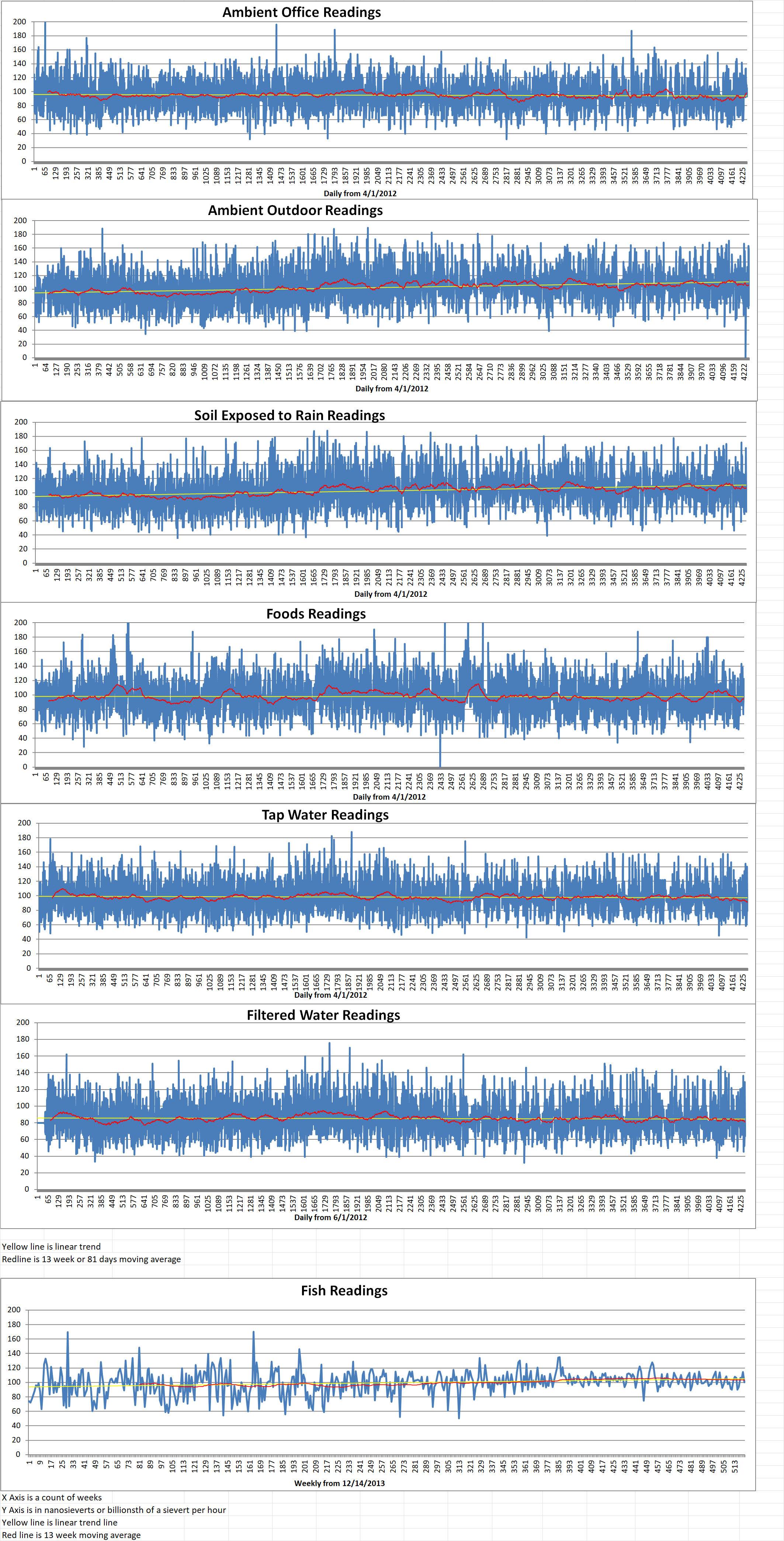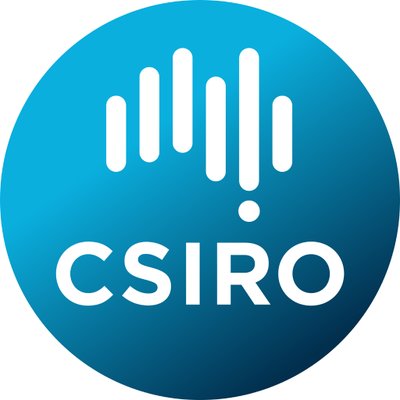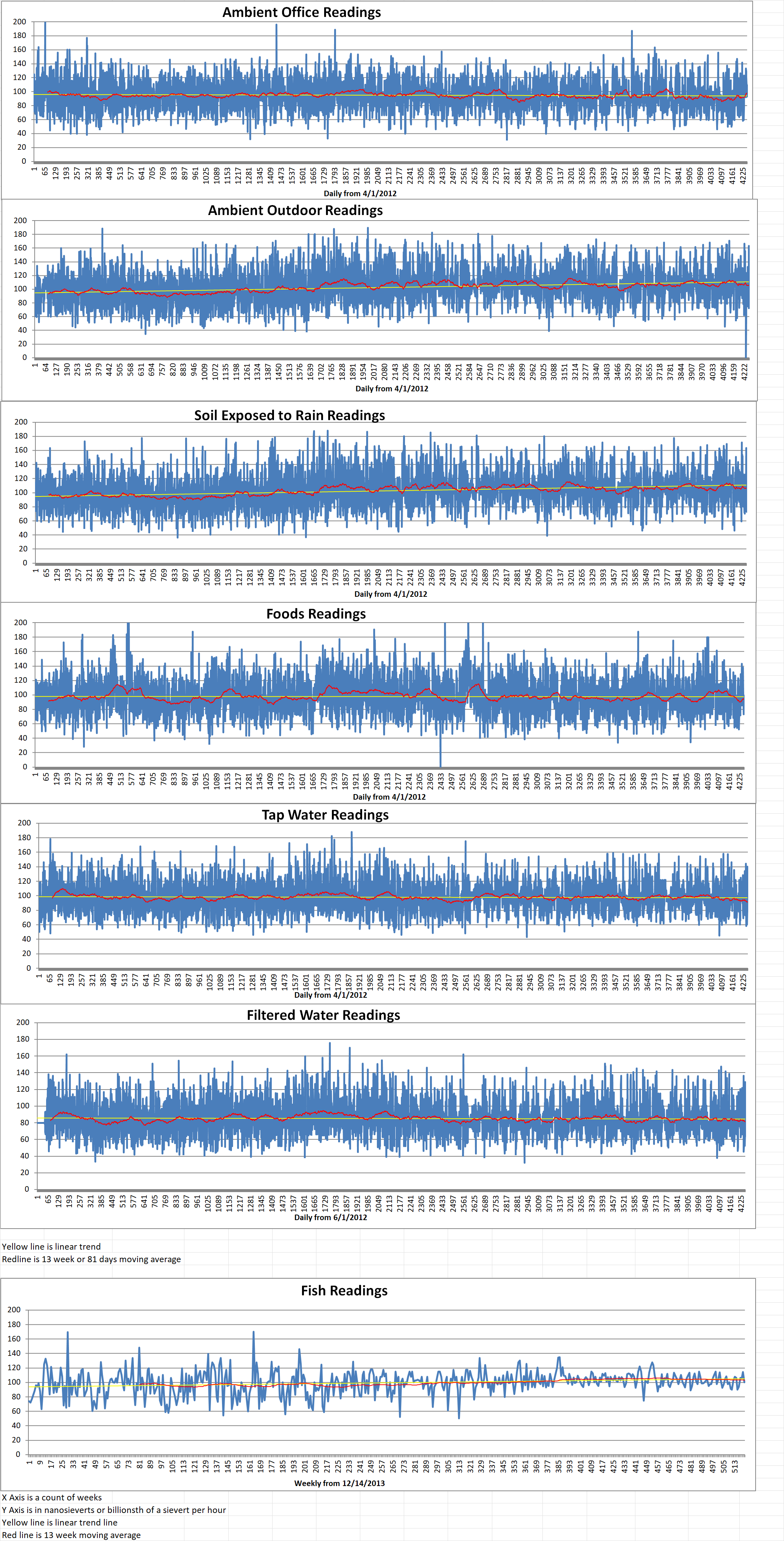Mitsubishi Heavy Industries (MHI) has been awarded a contract to provide an additional twelve outer vertical targets for the divertor to be used in the International Thermonuclear Experimental Reactor (ITER). MHI has already delivered six of the components.
The value of the contract was not disclosed. It was awarded by Japan’s National Institutes for Quantum Science and Technology (QST). It follows the initial production order for the manufacture of six units (Unit 1 – Unit 6) received in 2021.
With the additional twelve units (Unit 7 – Unit 18), MHI will manufacture eighteen of the total fifty-four outer vertical targets. MHI said production of these units will be completed successively. Delivery to QST expected to begin in 2026.
The divertor is one of the core components of the fusion reactor in the tokamak. It removes the helium residue in the core plasma produced by the fusion reaction, unburned fuel and other impurities. It also removes high heat load and particle loading, which are necessary for stable confinement of the plasma. The divertor contains four parts: the outer vertical target is being procured by Japan, the cassette body and inner vertical target are being manufactured in the EU, and the dome being constructed in Russia.
The heat load on the divertor reaches a maximum of twenty-four megawatts of thermal energy per square yard. The outer vertical directly faces the plasma due to its structure. It is used in an extreme environment where it is exposed to the heat load and high energy particle loading from the plasma, and its structure has an extremely complex shape requiring high-precision fabrication and processing technology.
MHI has previously received orders for production for five (of a total of nineteen) toroidal field coils, another core component of ITER, all of which were shipped by 2023.
In mid-2022, the MHI delivered equipment for confirming and demonstrating the safety of the ‘blanket’ of the ITER. The blanket is one of the components that is a part of the inner wall of the fusion reactor. The testing equipment provided by MHI comprised four systems: the High Heat Flux Test Equipment, the In Box Water Eruption Test Equipment, the Be-Water Reaction Test Equipment, and the Flow Assisted Corrosion Test Loop.
MHI said that, “Going forward, MHI will continue its efforts for manufacturing of major components such as the divertor and equatorial launcher. In addition, MHI will actively support the design and development of the fusion prototype reactor which is planned to be constructed following the ITER project, contributing to the realization of fusion energy.”
ITER is a huge international project to build a tokamak fusion device in Cadarache, France, designed to prove the feasibility of fusion as a large-scale and carbon-free source of energy. The goal of ITER is to operate at five hundred megawatts (for at least four hundred seconds continuously) with fifty megawatts of plasma heating power input. It is possible that an additional three hundred megawatts of electricity input may be required in operation. No electricity will be produced by ITER.
Thirty-five nations are collaborating to build ITER. The European Union is contributing almost half of the cost of its construction, while the other six members (China, India, Japan, South Korea, Russia and the USA) are contributing equally to the rest of the cost. Construction of ITER began in 2010 and the original 2018 first plasma target date was put back to 2025 by the ITER council in 2016, but is currently in the process of being revised again.






